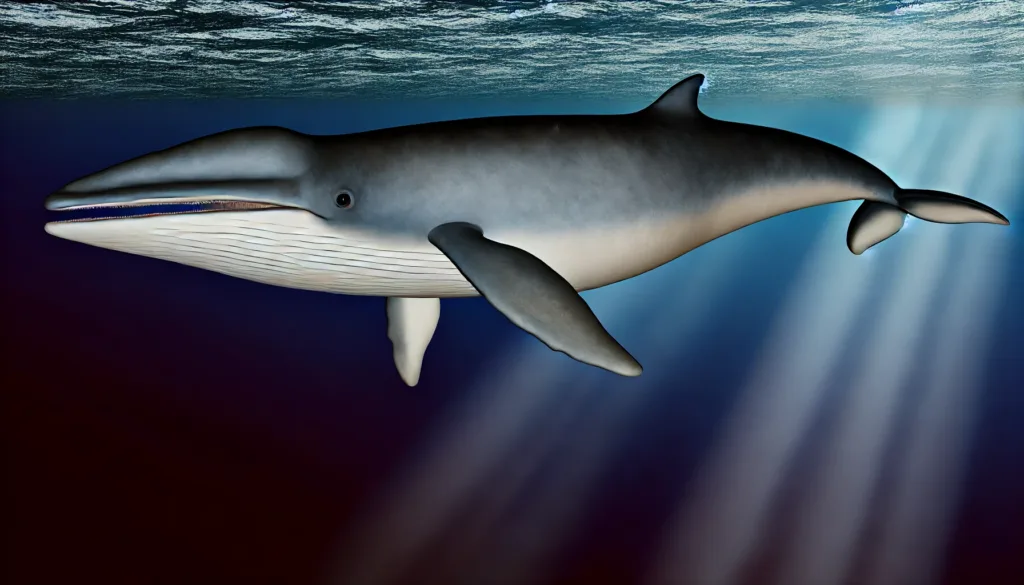Table Of Content
The spade-toothed whale, Mesoplodon traversii, a mysterious giant of the ocean, recently captivated scientists and conservationists with its first confirmed sighting in New Zealand. Known as the world’s rarest whale, this elusive species has primarily been identified from bone fragments until a groundbreaking discovery on a New Zealand beach provided a full glimpse of these majestic creatures.
What happened with the Spade Toothed Whale in New Zealand?
The significance of this find is mownumental. For over a century, the spade-toothed whale remained a shadowy figure in marine biology, known only through skeletal remains. The recent discovery of a mother and calf stranded on Opape Beach unveiled not only the physical appearance of these whales but also underscored how little is known about their population and habits. This event has sparked a renewed interest in marine life’s hidden aspects and emphasizes the importance of conservation efforts .
In the context of scientific research, the incident revealed the critical role of DNA analysis and reference collections in identifying and studying rare species. These tools have become essential in confirming species that are rarely, if ever, seen alive. The spade-toothed whale’s case illustrates the potential for using advanced technologies to bridge gaps in our understanding of marine biodiversity.
World’s rarest whale’ washes up on NZ beach
Earlier this month, a deceased whale found on a New Zealand beach was identified as the spade-toothed whale, a species so seldom seen that no live sightings have been reported. This five-meter-long, beaked whale was recognized through distinct patterns on its skin and the unique structure of its skull, beak, and teeth. Currently, its remains are preserved in cold storage pending DNA tests, which might take several weeks to conclusively identify the species.
Given the rarity of such findings—only six samples have ever been documented globally—this discovery could provide invaluable insights. The whale washed up on the Taiari River’s mouth in Otago Province, on the South Island, on July 4th. Gabe Davies, a Department of Conservation (DOC) official, remarked on the significance of this find, emphasizing its potential to enhance scientific and conservation knowledge.
This find is also culturally significant, as New Zealand’s Māori communities, who consider whales to be sacred, will be involved in decisions regarding the whale’s final disposition. This involvement reflects deep respect and integrates traditional beliefs in modern conservation practices.
The species, first described in 1874 after parts of a jaw and teeth were found in New Zealand’s Chatham Islands, has remained largely a mystery. With additional skeletal findings from other locations in New Zealand and Chile, scientists were able to confirm the existence of this new species. More recent strandings in 2010 and 2017 have added to the scant knowledge base, making each discovery crucial for piecing together the life history of these enigmatic giants.

The role of AI in helping biodiversity
For you, as someone curious about the natural world and innovative technologies, this discovery is a reminder of the vast unknowns still present in our oceans. The integration of traditional conservation efforts with modern technology, like AI, can enhance our capacity to monitor and protect such elusive species. AI can analyze vast amounts of data from sources like social media, remote sensing, and direct observations to track rarely seen animals, potentially predicting their movements and behaviors, which is crucial for their conservation

